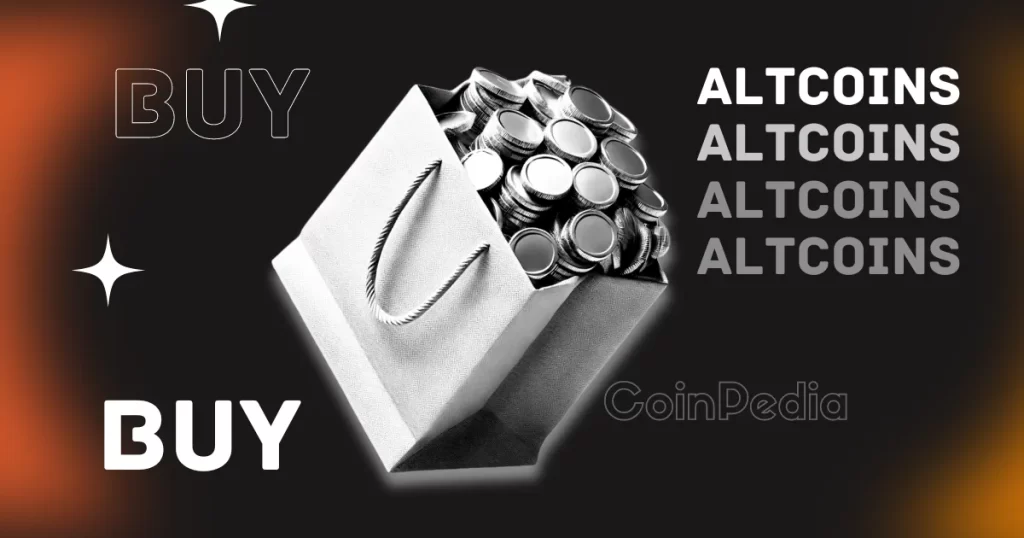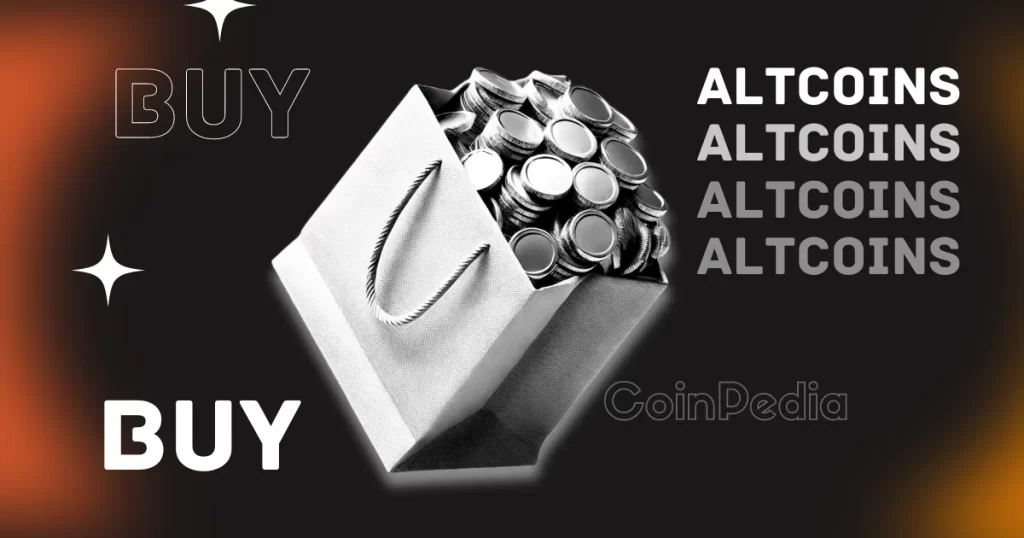
Fresh reports from the International Monetary Fund (IMF) indicate that El Salvador is complying with loan conditions. One key aspect of the loan conditions revolves around the halting of Bitcoin purchases with public funds, but President Nayib Bukele is keen on sidestepping hurdles.
El Salvador Halts Bitcoin Accumulation To Comply With The IMF
According to details of a press briefing by the IMF’s Western Hemisphere Department, El Salvador has paused its Bitcoin purchases with public sector funds. Rodrigo Valdes, the IMF’s Director of the Western Hemisphere Department, confirmed the changing government stance to achieve compliance with loan conditions.
As part of a $1.4 billion loan deal, the IMF required El Salvador to halt public sector accumulation of Bitcoin. Despite initial pushback from President Nayib Bukele, Valdes confirms that the government is holding its end of the bargain.
Valdes disclosed that El Salvador is in full compliance with its loan obligations, squashing speculation that the country violates its terms.
“In terms of El Salvador, let me say that I can confirm that they continue to comply with their commitment of non-accumulation of bitcoin by the overall fiscal sector, which is the performance criteria that we have,” said Valdes.
Apart from shuttering its public sector BTC accumulation, the IMF notes that the country is also ticking the boxes in fiscal transparency and structural reforms. With the current Bitcoin price close to $100K, the value of El Salvador’s 6,158 BTC stands at $583 million.
Nayib Bukele Continues Daily BTC Accumulation
Despite the requirement against public sector Bitcoin purchases, the Latin American country continues to stack up its BTC holdings. According to data from the National Bitcoin Office, El Salvador is buying one Bitcoin per day in defiance of the IMF.
Rather than limit its BTC accumulation to public sector funds, El Salvador’s President Nayib Bukele is exploring alternative sources. Bukele has previously disclosed that the country’s Bitcoin accumulation will continue amid IMF pressure to limit its options.
The National Bitcoin Office has not publicly disclosed its funding sources for the daily BTC purchases, stoking a wave of speculation. The consensus is that the government is tapping non-public sector entities to power its daily Bitcoin accumulation spree.
The country may be funding its daily purchases from the profits of its Strategic Bitcoin Reserve, with the average purchase price sitting at around $44,000. Other countries, keen on mirroring El Salvador’s lead, are eyeing a Strategic Bitcoin Reserve, with Samson Mow making a strong case for Japan.
Apart from financial inclusion and reducing its dollar dependency, President Bukele is eyeing a raft of economic benefits. Cathie Wood’s Ark Invest predicts the Bitcoin price to climb as high as $1.5 million per BTC by 2030, potentially sending the value of El Salvador’s holdings to astronomical levels.
The post El Salvador Pauses Public Sector Bitcoin Purchases To Align With IMF Loan Conditions appeared first on CoinGape.





